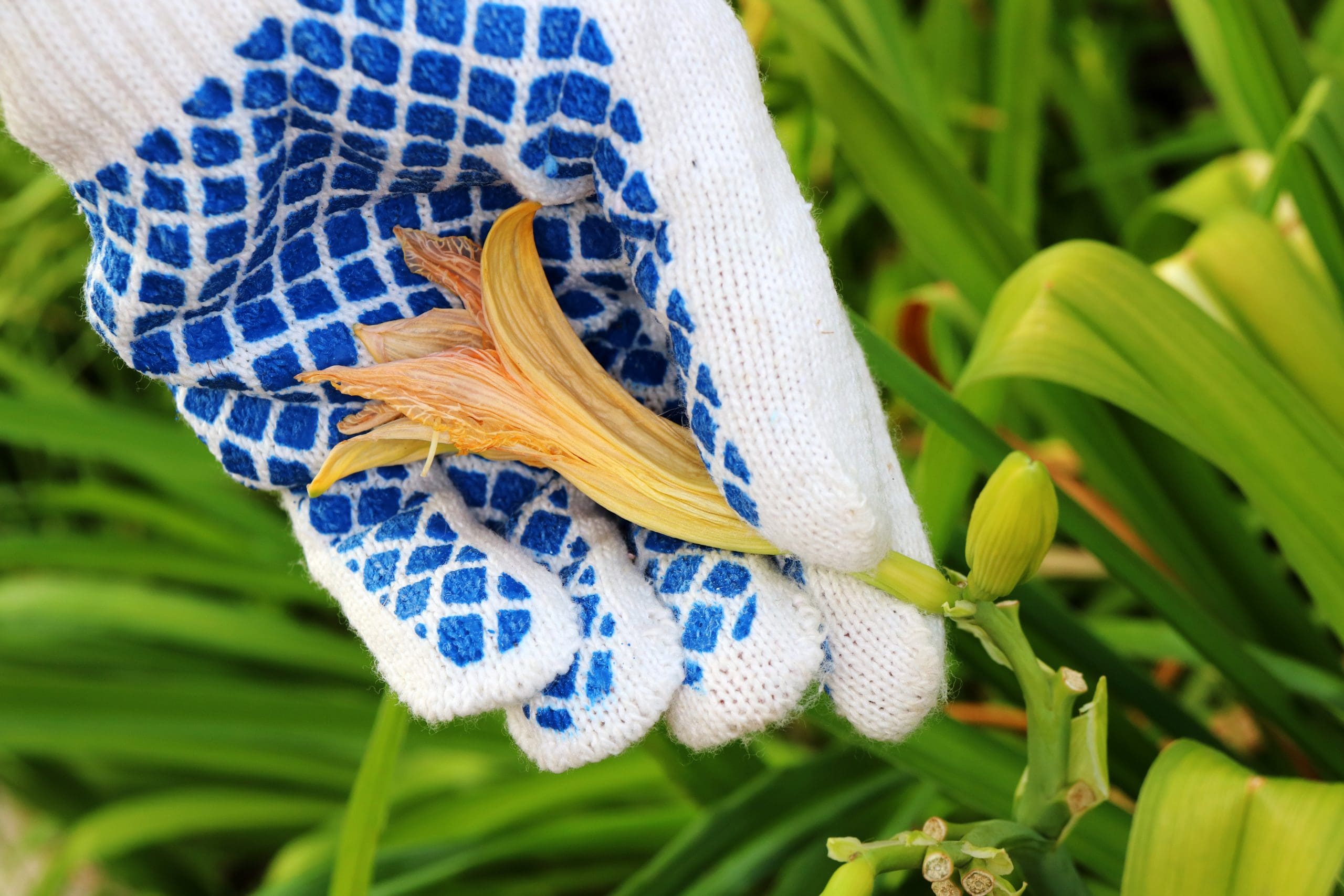
Nothing is quite luxurious as having a landscape filled with beautiful flowers blooming and if you’re wanting to extend the length of the blooming season for your customers, deadheading can help achieve this.
Deadheading is the practice of removing spent blooms from flowering plants. It refreshes a plant’s appearance, controls seed dispersal and redirects their energy from seed production to root growth. It can be done from spring until autumn and can encourage a second wave of flowers. When dead blooms are left on a flowering plant, they can sap nutrition and energy from the plant to produce new flowers.
Aside from producing additional blooms, deadheading can keep gardens looking tidy and can prevent some invasive species of flowers from spreading their seeds. However, deadheading is not absolutely necessary and comes down to appearance and the personal preference of the individual. Allowing some plants to self-seed can create an interesting mix of flowers in a garden bed. Also, some perennials set seed heads that can provide winter interest or food for wildlife.
When and Where to Deadhead
If your client decides they do want their property deadheaded, either to produce more blooms or to simply have a tidier appearance in the landscape, the next question may be when’s the best time to do this?
Removing old flowers throughout the season as soon as they start to decline helps the plant continue to put its energy into new blooms. The frequency of deadheading will vary based on the plant’s lifespan for its flowers. The primary reason for flowers is to produce seeds, so the plant can reproduce. Removing the flowers before they start producing seeds causes the plant to produce new flowers to achieve its goal.
The timing of when to deadhead for the last time depends on if the plant has time for a second batch of flowers to develop and bloom before the first frost comes. This timing will vary depending on your location.
As for where to make your cuts when deadheading, this is quite species-specific, but it’s best to prune back to where there is a new lateral flower or bud. If there’s no new flower, prune the stem back to a lateral leaf.
Which Plants Benefit From Deadheading
Some plants may not re-bloom after deadheading but they will look better, so the purpose for deadheading can vary. Daylilies, coral bells, and lamb’s ears can all be deadheaded to clean up their appearance. Zinnias, salvia, marigolds, impatiens and petunias all respond well to deadheading midsummer. They will provide a show about two weeks after pruning.
Some perennials that respond well to deadheading include shasta daisies, delphinium, bee balm, phlox, yarrow, Jupiter’s beard, and tickseed. Roses such as hybrid teas, grandifloras and floribundas should be deadheaded to conserve the plant’s energy and encouraging repeat blooms. These should not be deadheaded past the late summer as it gives them time to prepare for the winter.
Not all plants benefit from deadheading so it’s important to know which species benefit from the maintenance practices and which are better off left alone. Also consult with your client if they have any interest in keeping plant seed pods in the winter, which can feed birds.

